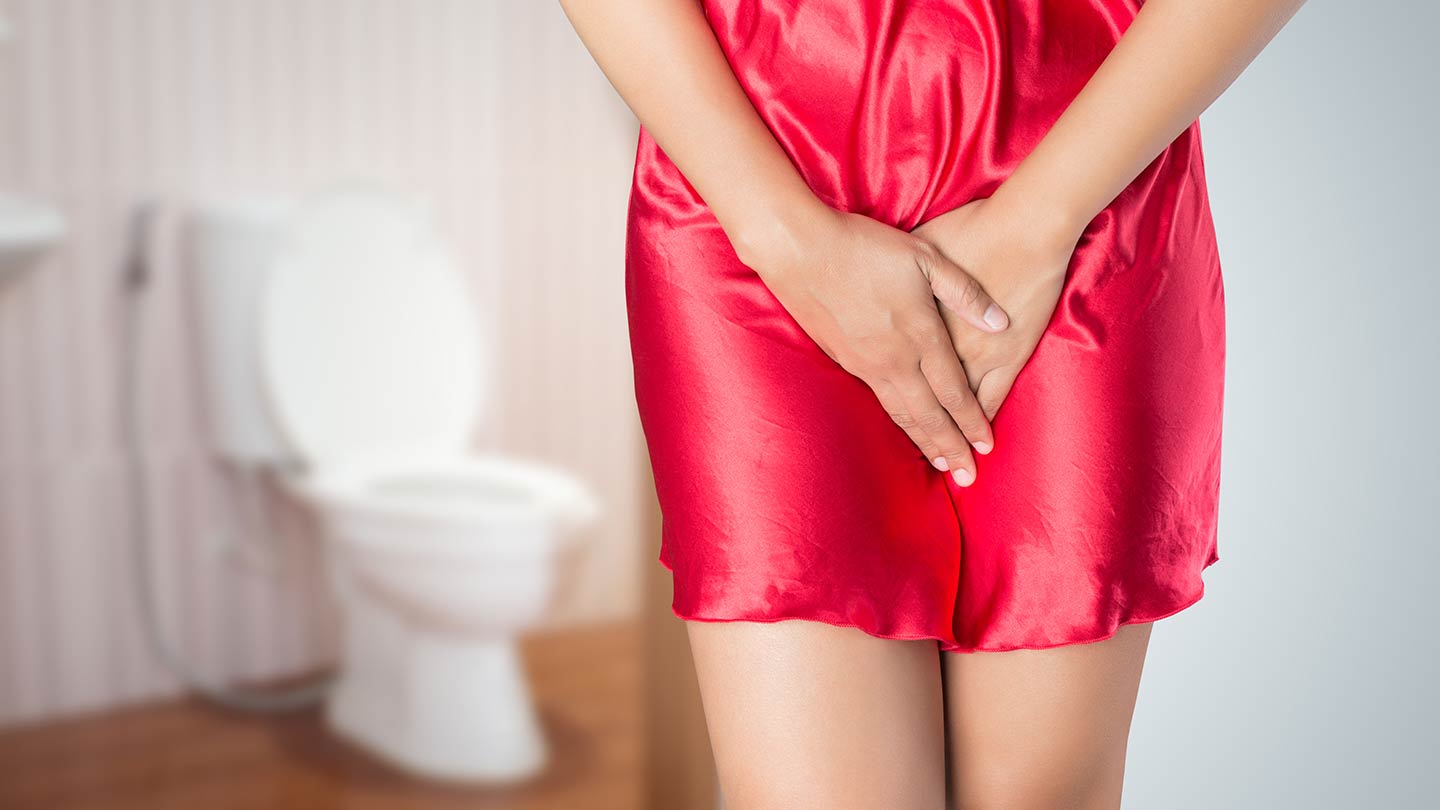
Urinary Incontinence Laser Treatment
‘You don’t need to live with poor bladder control’
Urinary incontinence or a ‘weak bladder’ is common in women following a pregnancy or after menopause. It can be a source of embarrassment and anxiety – but now with modern laser technology you can treat the cause of the problem.
What causes urinary incontinence in women?
Urinary incontinence or poor bladder control can range dramatically in severity, from small leaks of urine to full loss of bladder control. The incontinence events can come from everyday activities such as laughing, coughing and exercising – which can have negative effects on people’s social lives and self esteem.
The most typical loss of bladder control is called stress urinary incontinence and comes from pressure on the bladder. These incontinence events are more likely during or after a pregnancy, after surgery like a hysterectomy, during menopause or sometimes as a natural result of ageing.
The actual mechanism of stress urinary incontinence is normally related to changes or damage to the pelvic floor muscles. During a pregnancy the developing baby can push on the pelvic floor and after childbirth these muscles can prolapse – allowing parts of the digestive system and bladder to sag down below their normal positions and push on the vaginal canal. Incontinence may also become a problem after hysterectomy surgery where the pelvic floor muscles may have been damaged.
Menopause and ageing can contribute to incontinence as the body produces less estrogen, soft tissues deteriorate and muscles weaken. All of these factors will play a role in increased urinary incontinence.
How does urinary incontinence laser treatment work?
The laser treatments are best for cases of mild to moderate incontinence and work by inserting a specially designed laser probe into the vaginal canal. The laser will help strengthen the vaginal walls by encouraging the regeneration of collagen tissue. This treatment is non-surgical so there is no cutting, stitches or painful healing – the only sensation is of mild heat during the procedure.
As the connective tissue strengthens, the symptoms of stress urinary incontinence will be greatly reduced. In most cases the patient will need two or three sessions for the treatment to be effective.